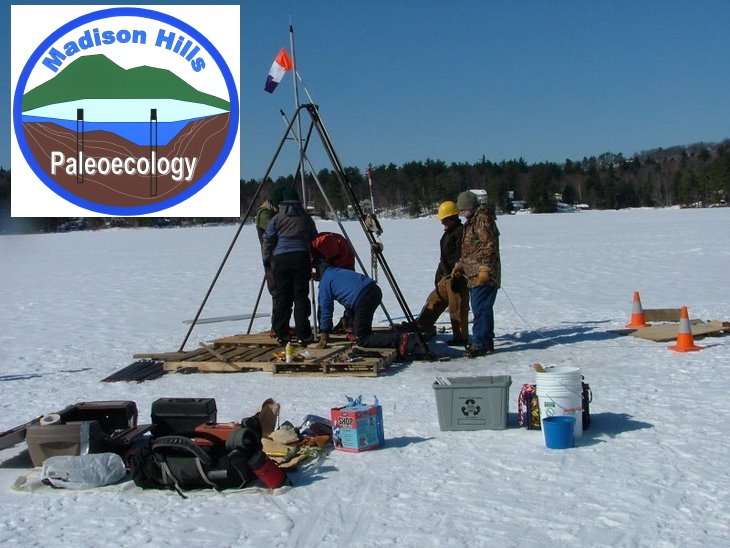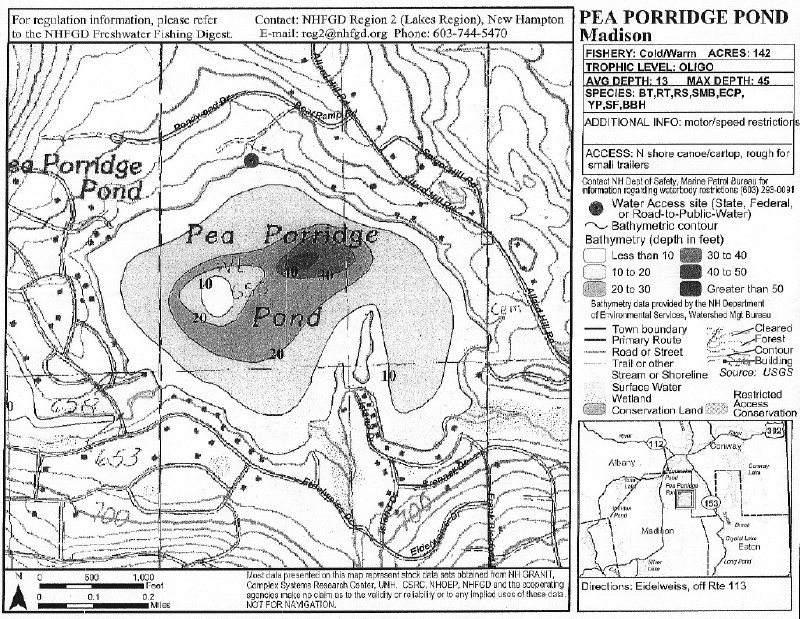Several people have recently asked where/how to find the pictures and slide show taken during the actual drilling out on the ice last March. It's easy.
Simply scroll all the way down to the last the postings on the blog as it exists today and then click on "Older Postings" in the lower right-hand corner. Once you're into these older postings, scroll down until you reach the post that includes the photos/slide show.
The Madison-Hills Paleoecology Project ("MPEP")
Introduction
Scientific Basis of the MPEP
Lake-bottom sediments represent the most continuously detailed records of post-glacial (Pleistocene to Holocene) climate and environmental change available, and such records provide the best long term context for the dramatic physical and biological/ecological changes that have occurred during what has become to be known as the "Anthropocene" period (time since the beginning of extensive human habitation).
Who's Involved
The scientific staff of MPEP includes the following individuals, all of whom are donating their professional expertise to the project:
P. Thompson Davis, Ph.D., Dept. of Natural & Applied Sciences, Bentley College.
Brian Fowler, Quaternary Scientist, Project Director.
Lee Pollock, Ph.D., Dept. of Biology, Drew University.
Lisa Doner, Ph.D., Center for the Environmental, Plymouth State University
Tuesday, June 10, 2008
Sunday, June 8, 2008
Scientific Information Posting No. 16
WHEN DID THE GLACIER LEAVE THE BIG PEA PORRIDGE POND BASIN?
Well folks, sorry for the long delay in getting information to you here on the blog. Since we finished the first round of sample splitting and sampling in early May, we've been awaiting laboratory results to report and to use to plan the next steps in our investigation. Now, the first of these results is "in", and here it is - the one you've all been waiting for.
The Carbon-14 (AMS) age of the likely oldest organic material at the bottom of the Pond is 12,150 +/- 50 years. If you correct this to calender years, it lies between 13,910 and 14,100 years, or just about 14,000 years.
This is the age of the first organic material to be deposited on the surface of the very compact silt and clay basin left by the glacier when it departed, and it represents the starting date for the rest of the paleoecological history of the Pond our investigation will gradually reveal over the coming months. This date represents the point in time when the local climate had warmed sufficiently from very cold glacial conditions so that the first types of pond vegetation and critters could sustain themselves in and around the Pond. Our investigation from here will document just what these life forms were and how they changed over time to the present. Suffice to say for now, though, you can rely on the fact that we are all part of a history here on the Pond that started 14,000 years ago.
Bear in mind that this date is just the first in what we expect will be a long line of such information (along with more professional analyses) that will come out of our investigations over the next several months. Please feel free to send us your comments and questions via the Commenting Feature here on the blog. We'd enjoy the chance to talk with you about these exciting developments.
Also, keep on eye here for "social postings" about the one or more of information meetings we hope to conduct this summer on the Pond to describe what we're finding and discuss what it all means about the paleoclimate and past ecology of the Pond's basin. As things proceed along with our work and we learn more and more about what went on here in the past 14,000 years, "the Pond will never be the same" to any of us.
More later and as it becomes available...
Subscribe to:
Posts (Atom)


